Lake Naplás is located on the border of the 16th and 17th Districts, on the fifth terrace of the alluvial fan of the Danube, and it was artificially formed in 1978. It is closely connected to the Cinkotai small forest and to the marshes that continue to the east and west along the Szilas stream. Perhaps it is also due to the creation of the lake that the swampy habitat in the floodplain has not dried up.
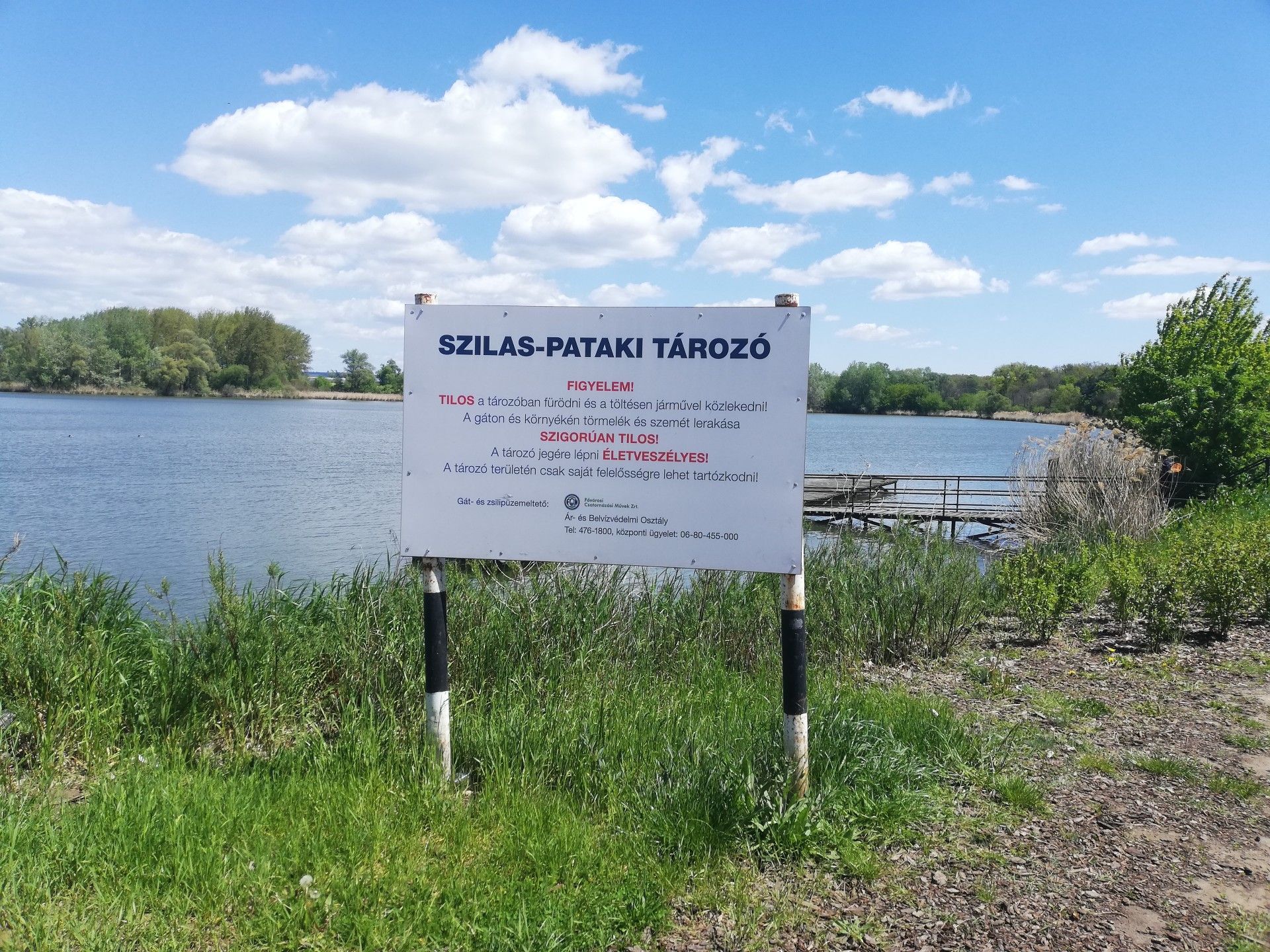
The official name of Lake Naplás is Szilas-stream reservoir (Photo: Dávid Palotás / pestbuda.hu)
It is easily accessible by car from Rákoskeresztúr and Cinkota. Parking is provided on both sides of Naplás Road. Approaching the lake with public transport is a bit more difficult: Bus 46 runs from Rákoskeresztúr, City Center, and Újpalota, Nyírpalota Road (Pólus Center). The lake is a ten-minute walk from the Erdei bekötőút bus stop.
The bike path on the bank of the stream is 5 kilometres long is quite well built. It is also wide enough for pedestrians.
The question rightly arises, what do the lake and its surroundings give to visitors? In addition to the view of the lake, which is otherwise a rarity for someone living in Budapest, there are several comfortable fire pits in the adjacent forest, which provides adequate recreation for families and friends.
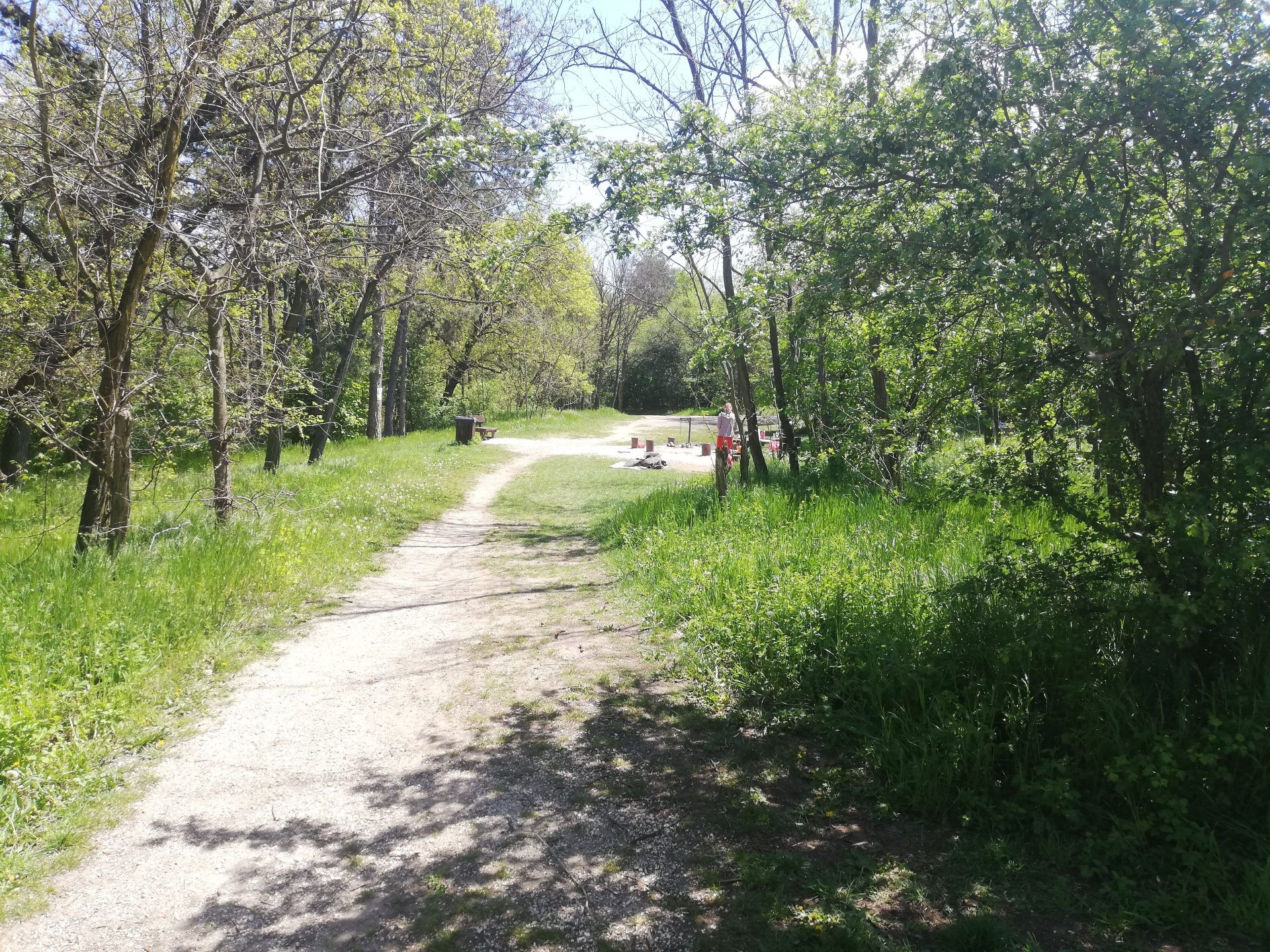
The wooded area next to Lake Naplás provides pleasant relaxation. In addition to the wide paths, there are also well-built fire pits (Photo: Dávid Palotás / pestbuda.hu)
The brand new wooden lookout tower will be opened in the forest next to the lake in the near future.
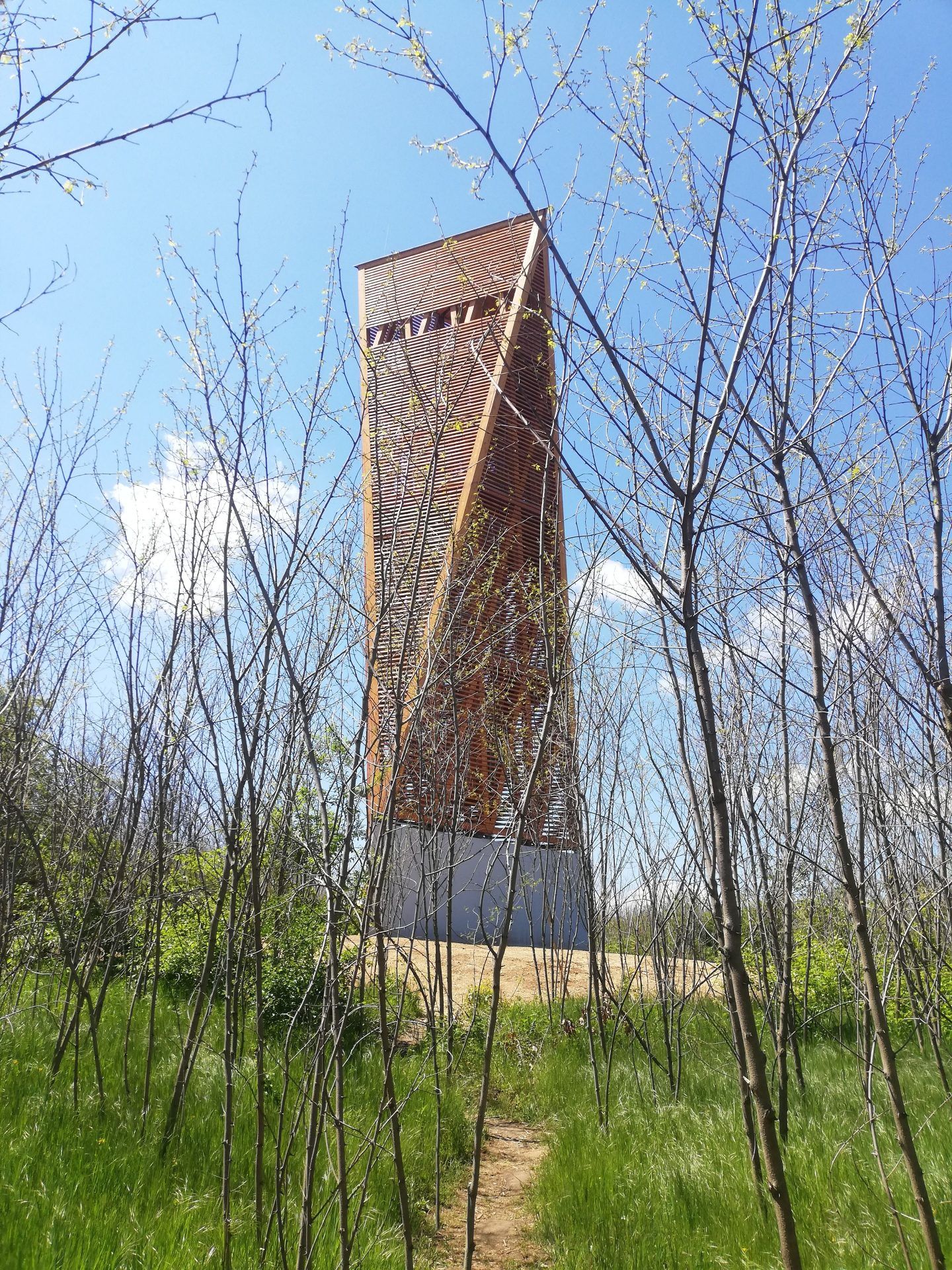
The lookout tower just before opening (Photo: Dávid Palotás / pestbuda.hu)
A well-designed promenade awaits visitors by the lake. Among the benches here are strangely shaped but also comfortable recliners. In recent years, a buffet has also been built in the corner of the lake, where visitors can sit and chat comfortably.
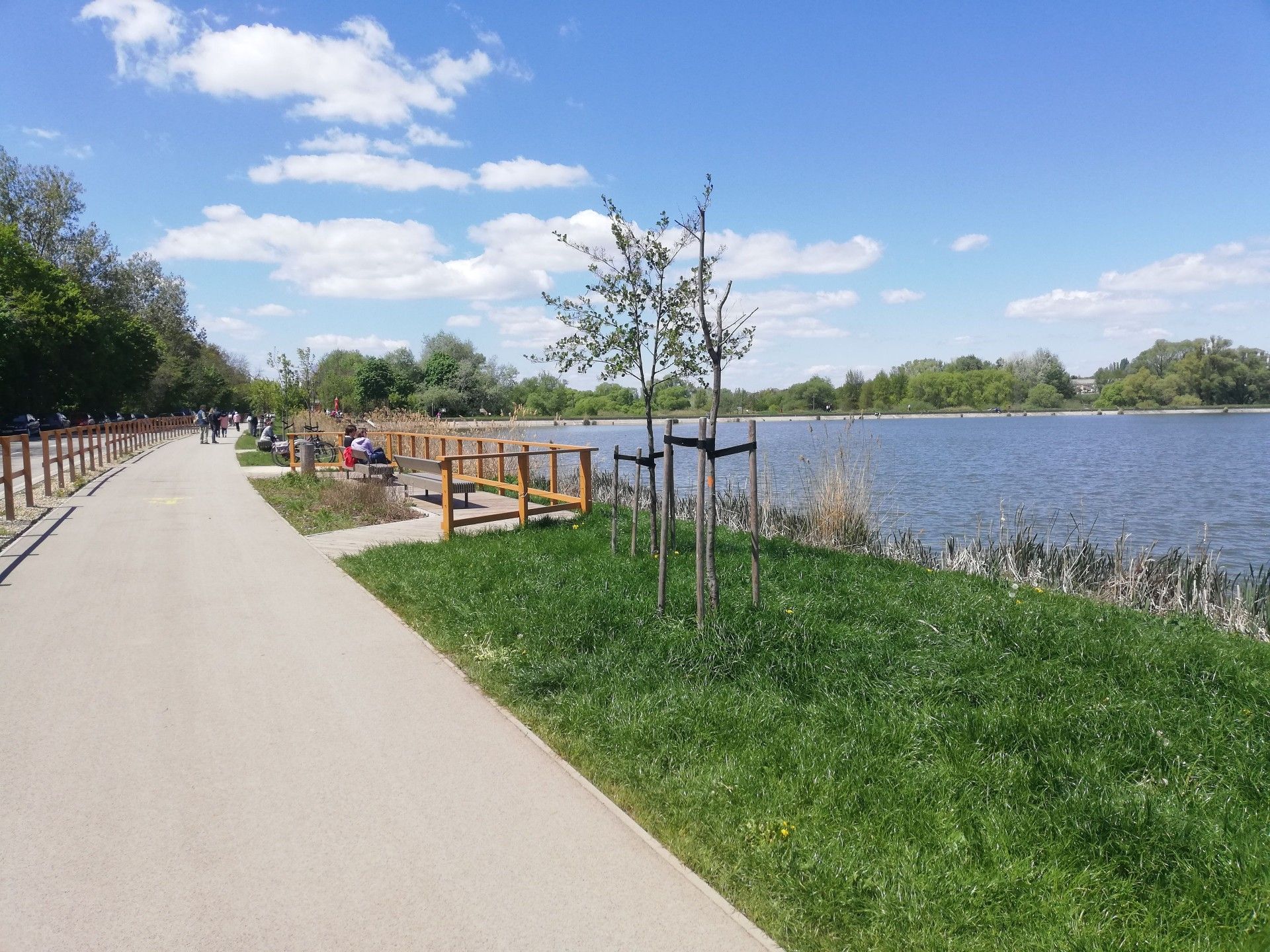
Sophisticated shoreline with a wide walkway and benches (Photo: Palotás Dávid / pestbuda.hu )
Fishing is a unique opportunity here. There are large numbers of carp in the lake, but grass carp, pike, perch, asp and tench can also be caught. A fisherman pulled out a five-pound carp at the time of PestBuda's visit. A local daily ticket can be requested at the dam house on the north side of the lake. In addition to convenient fishing spots, fishing from boats is also possible.
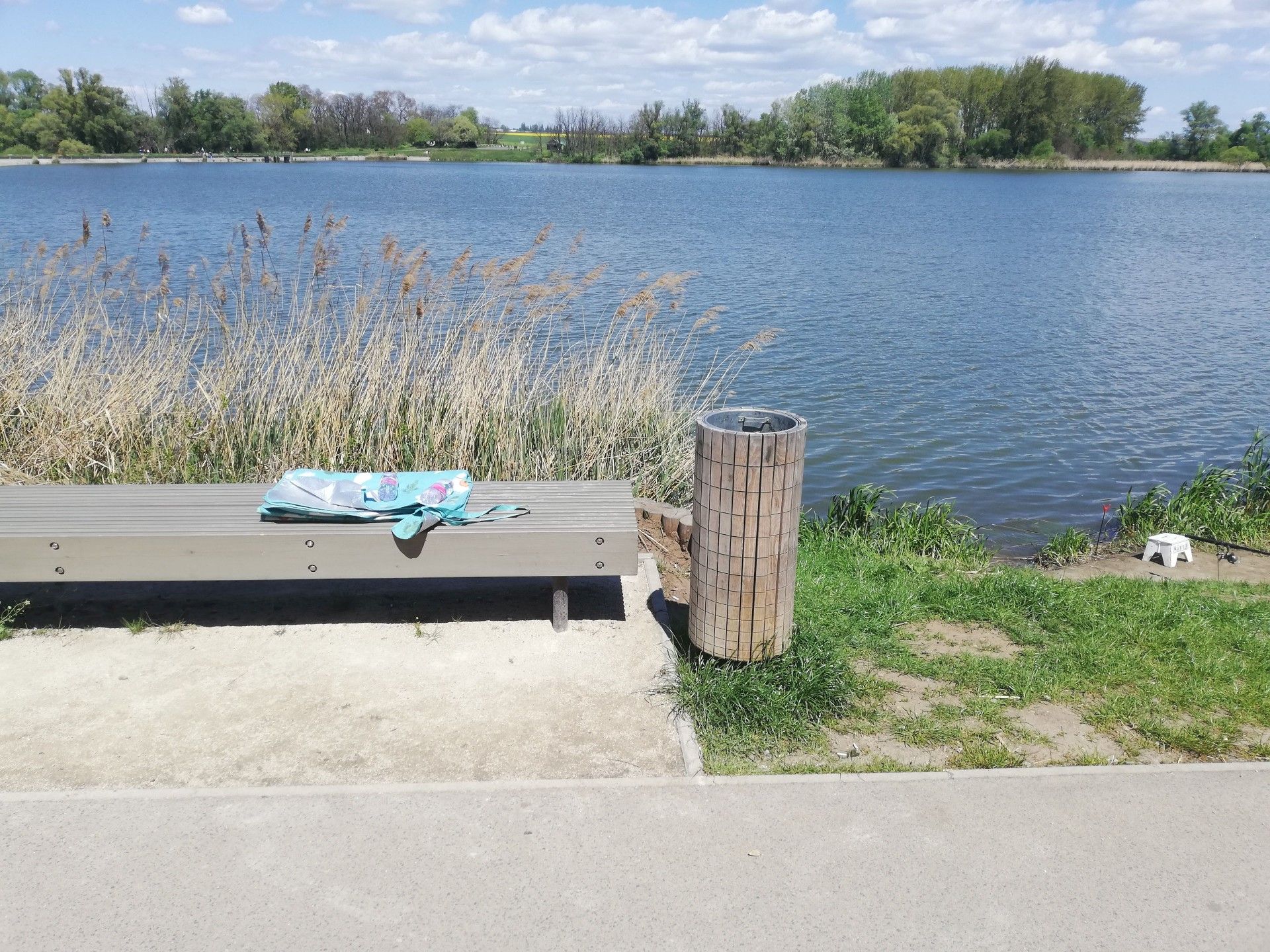
Fishing place on the shore of Lake Naplás. Carp, grass carp, pike, perch, asp and tench can be caught here (Photo: Dávid Palotás / pestbuda.hu)
Bathing is forbidden in the 4–6 metre-deep lake, as it starts to deepen suddenly on the side facing the dam. In the other parts, with the exception of the southern side, densely overgrown vegetation surrounds the lake. Skating is not allowed in the winter either, but there are always some who break the rule…
Next to the lake, there is a 5 km long educational trail, which, with two additional branches, goes around the lake in a rather large curve. One branch continues along the Szilas stream. The other makes a detour into the Cinkotai small forest. These can be walked in under an hour at a medium pace.
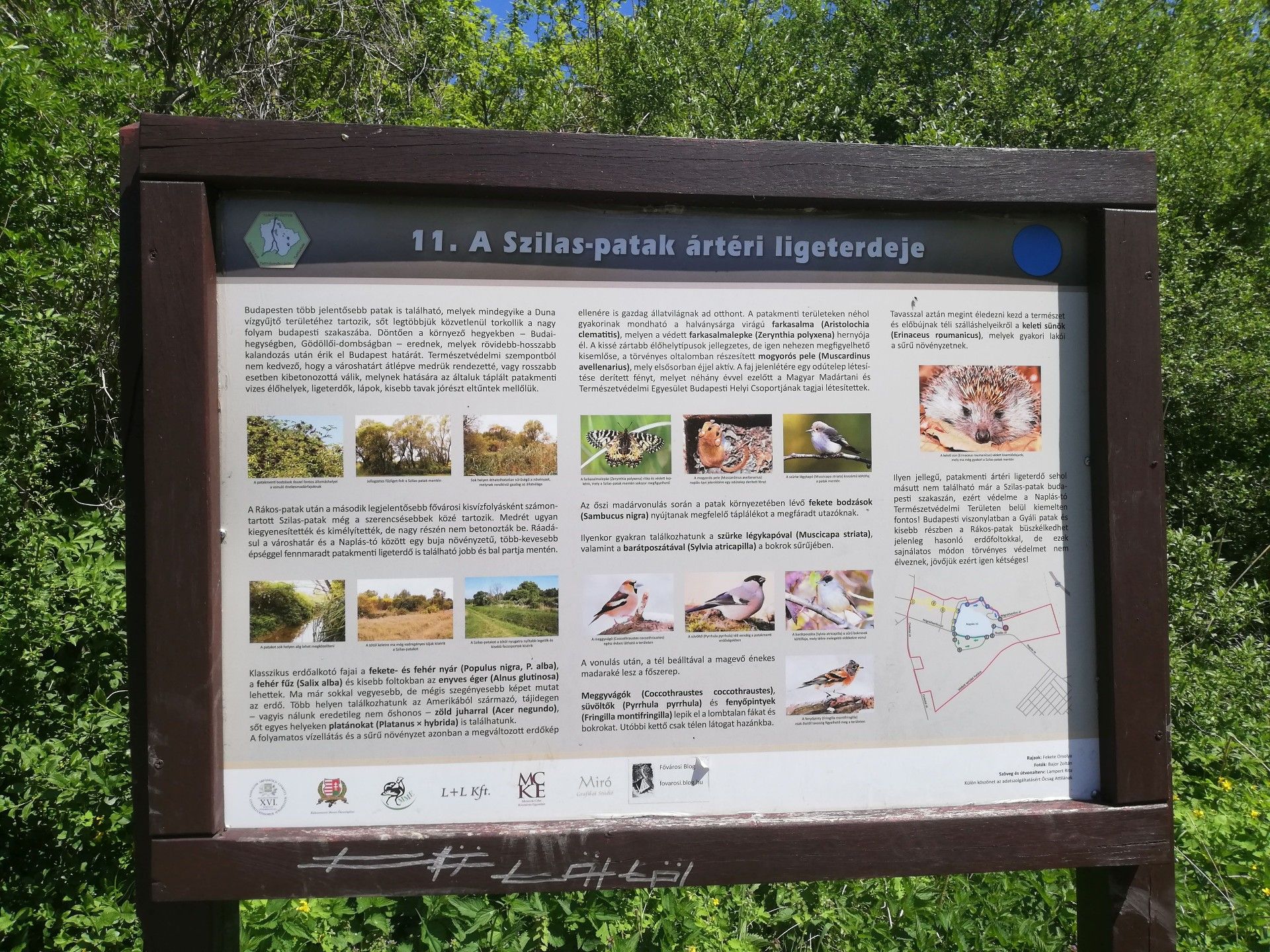
An educational trail runs around the lake (Photo: Dávid Palotás / pestbuda.hu)
The wildlife of the lake is of outstanding importance in relation to Budapest. The lake and its immediate surroundings are bordered on the north by cereal fields and on the south by the already mentioned Cinkotai small forest.
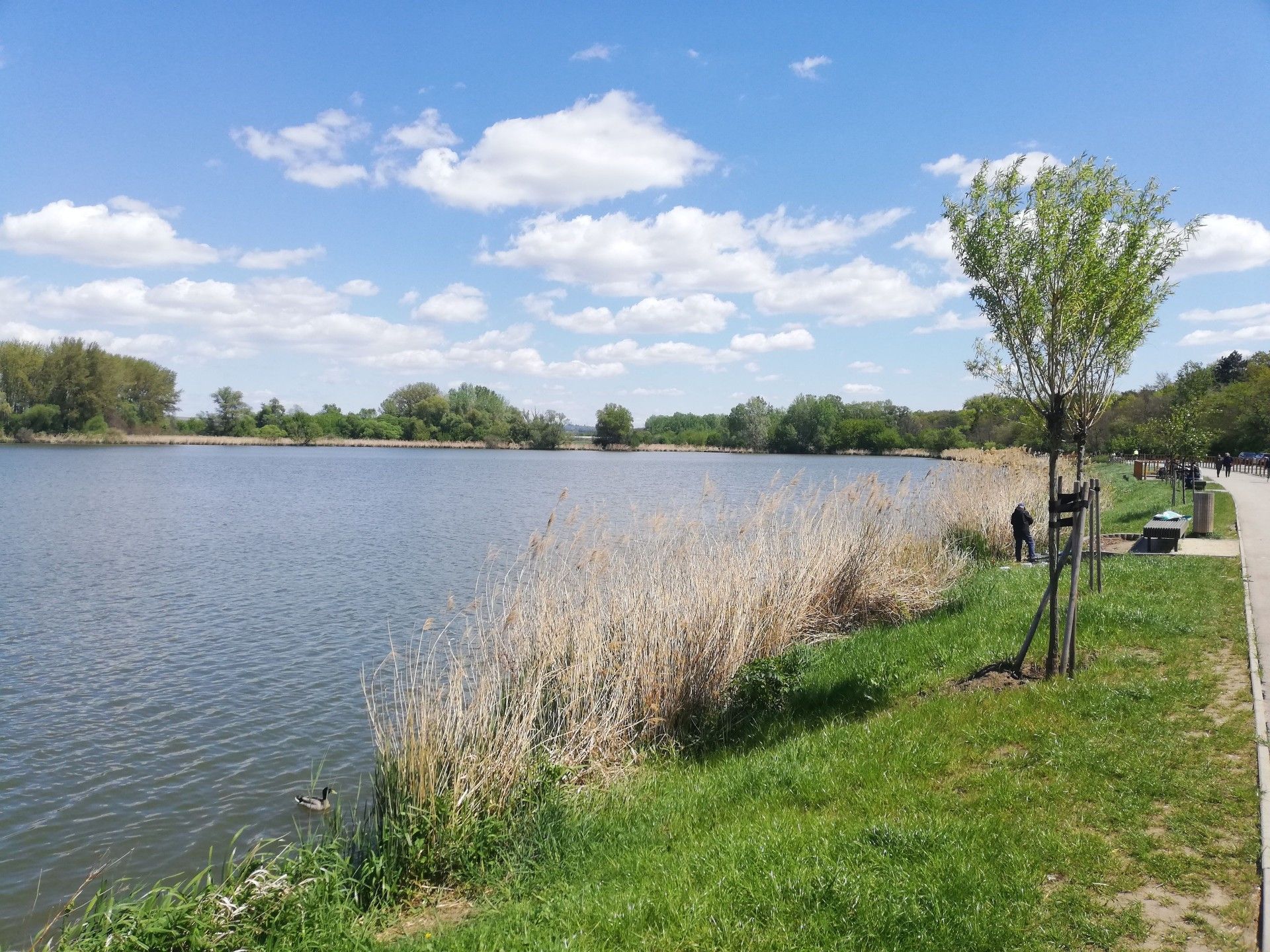
View of Lake Naplás from the south (Photo: Dávid Palotás / pestbuda.hu)
The trees of the Cinkotai small forest are planted: typically a mixture of acacia, oak and pine. It is worth appreciating this forest area because there are also industrial plants and densely parcelled residential areas in the vicinity of Lake Naplás, only a few kilometers away. Unfortunately, the M0 ring road significantly reduced the migration opportunities of big game, but deer can still be found. Due to the fields, rabbits and squirrels can be seen in the forest.
The birdlife of the lake is significant. The dwarf heron only nests here in Budapest and on the Soroksári-Danube in Csepel. Seagulls, buzzards, common kestrels can be easily seen circling over the lake and its shores. Thrush terns and mallards also live in the area.
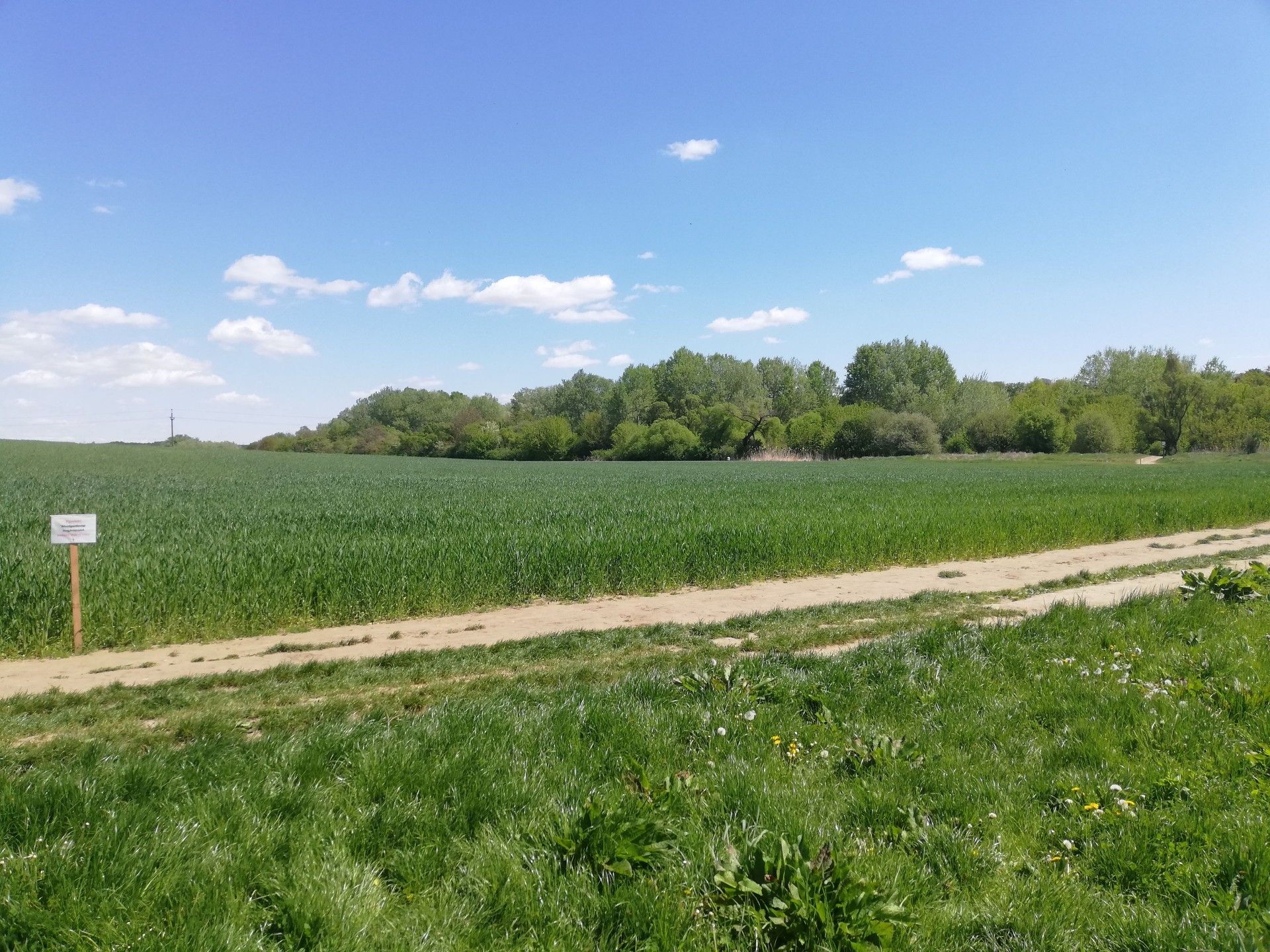
The meeting of the field and the floodplain (Photo: Dávid Palotás / pestbuda.hu)
One of the most valuable species of the rich fauna of Lake Naplás is the European pond turtle, the only native turtle in Hungary. Unfortunately, other species of turtles have also appeared in the lake, typically yellow-bellied sliders, which were released here by their owners. These pose a major threat to the native species, so as far as possible, released animals are occasionally collected by professionals and transported to zoos.
The agile frog, the common spadefoot, the edible frog and the European tree frog feel at home. The European green lizard and the sand lizard can also be seen in the area. Among insects, the carabus hungaricus, among butterflies, the beautiful red admiral, the swallowtail, and the scarce swallowtail are common. White hellebore, the Davall's sedge, the clematis integrifolia, the ostrich fern are notable plants, as is the military orchid, which has beautiful flowers, and the Siberian iris and the autumn crocus.
There is also an amateur astronomical observatory at the junction of the study trail and the fields.
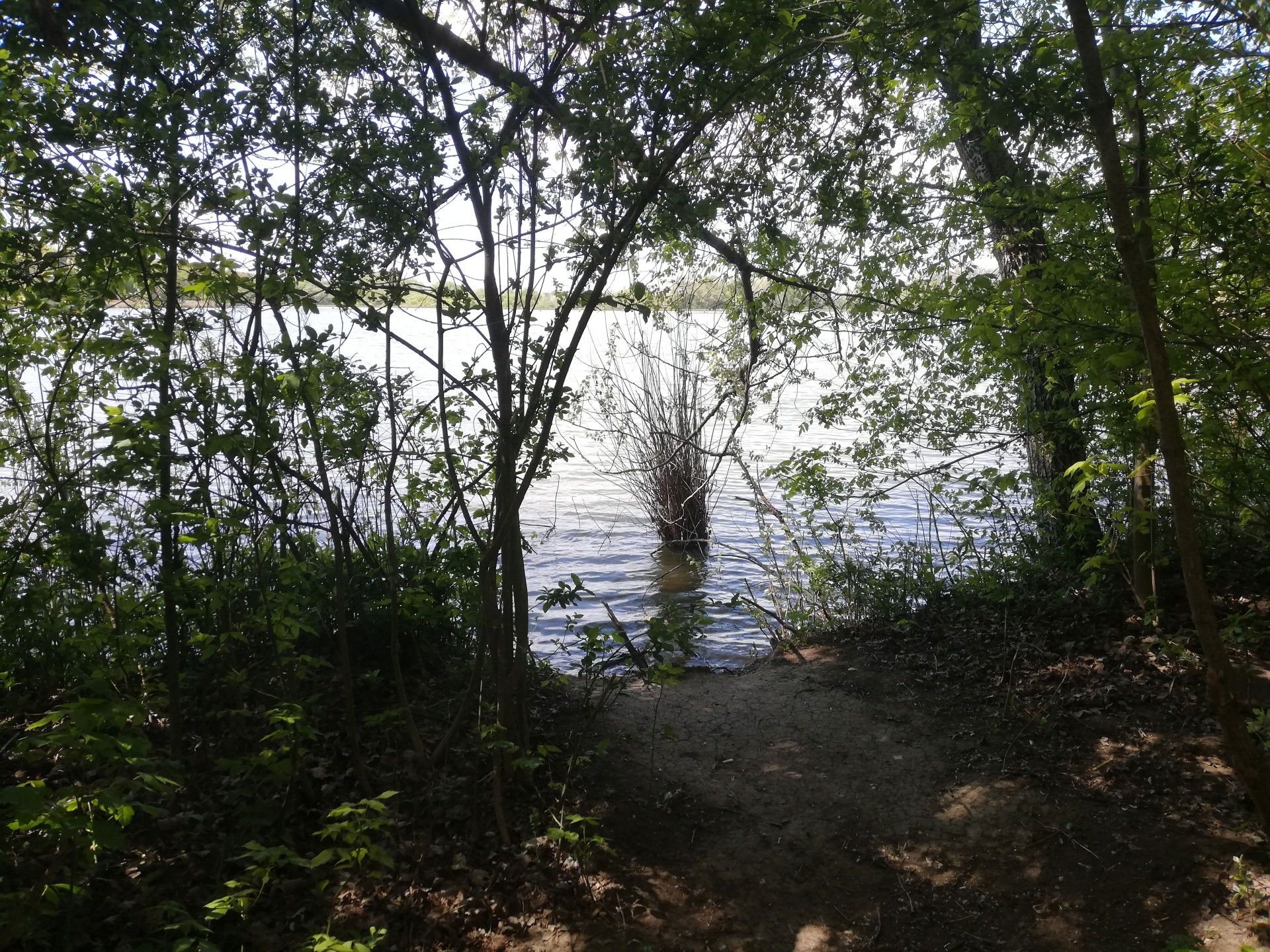
The summer sunset can be admired from ideal coastal hiding places (Photo: Dávid Palotás / pestbuda.hu)
What is also definitely in favour of Lake Naplás is the summer sunset. Undisturbed by mountains or hills, it is simply amazing, and on the east side of the lake, there are also several outlets between the vegetation to romanticize or simply relax.
Cover photo: View of Lake Naplás from the south (Photo: Dávid Palotás / pestbuda.hu)

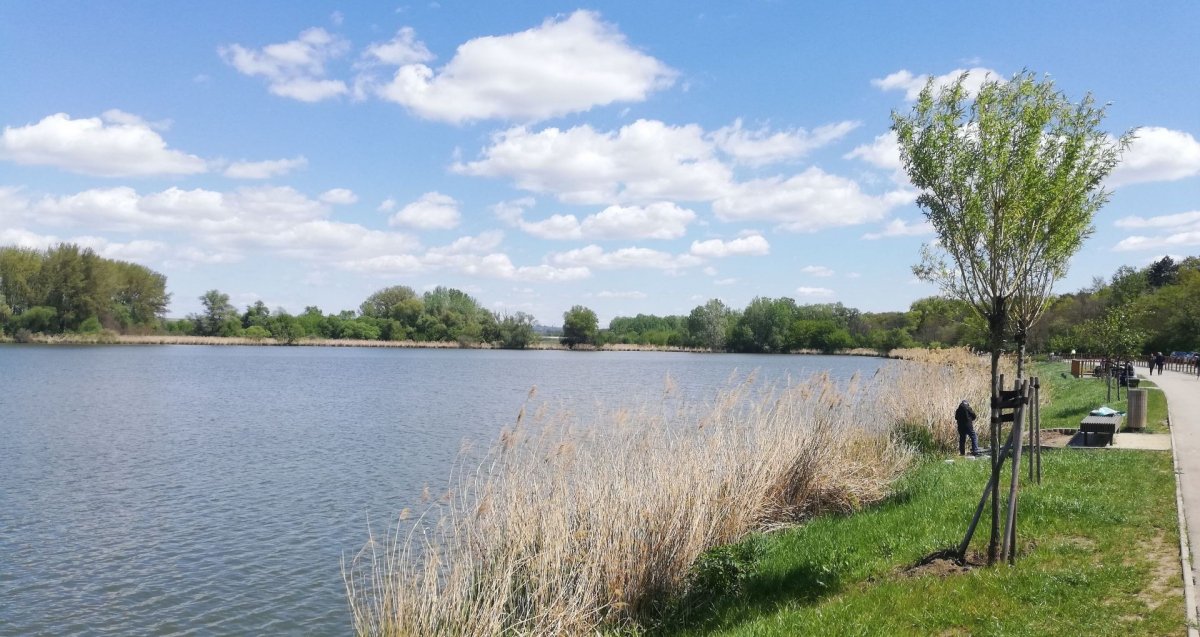

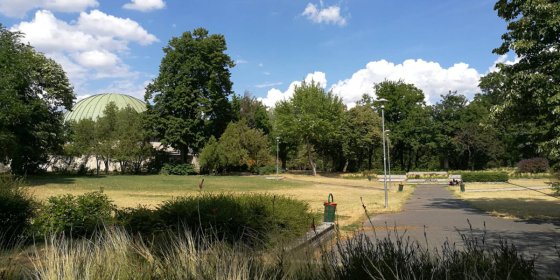
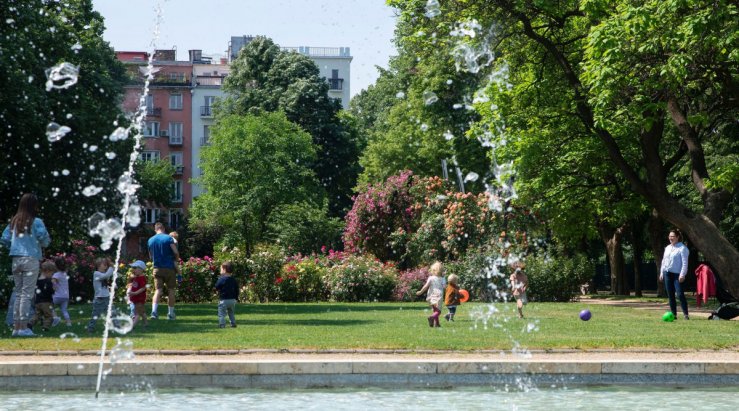
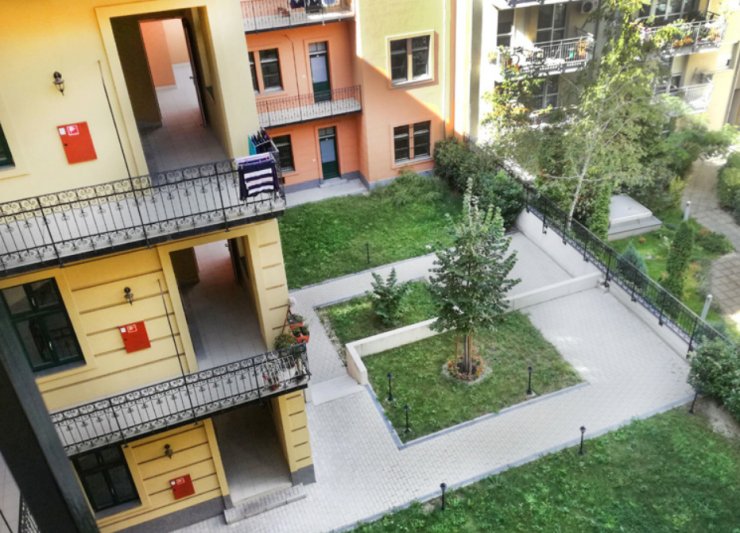

































Hozzászólások
Log in or register to comment!
Login Registration